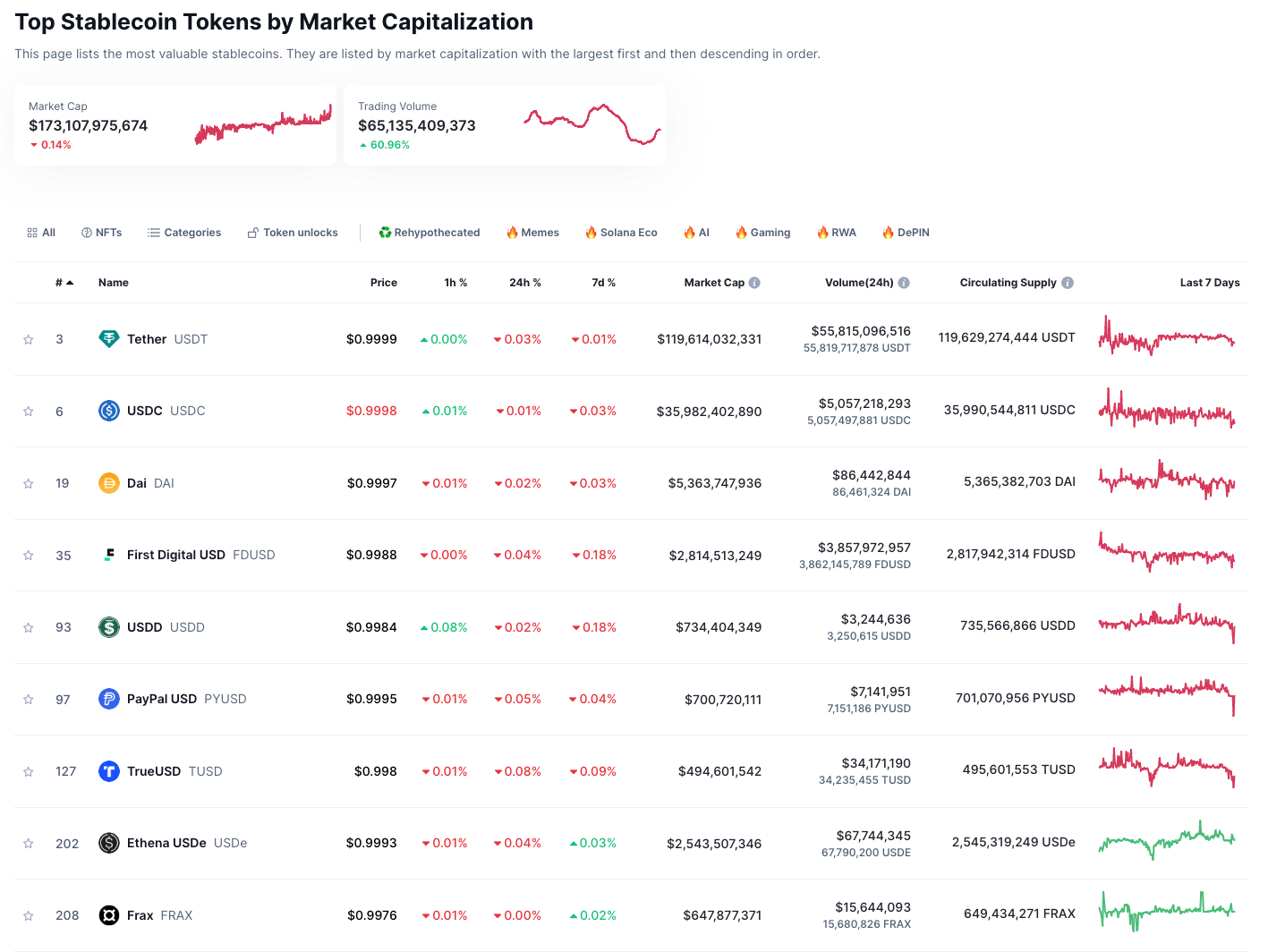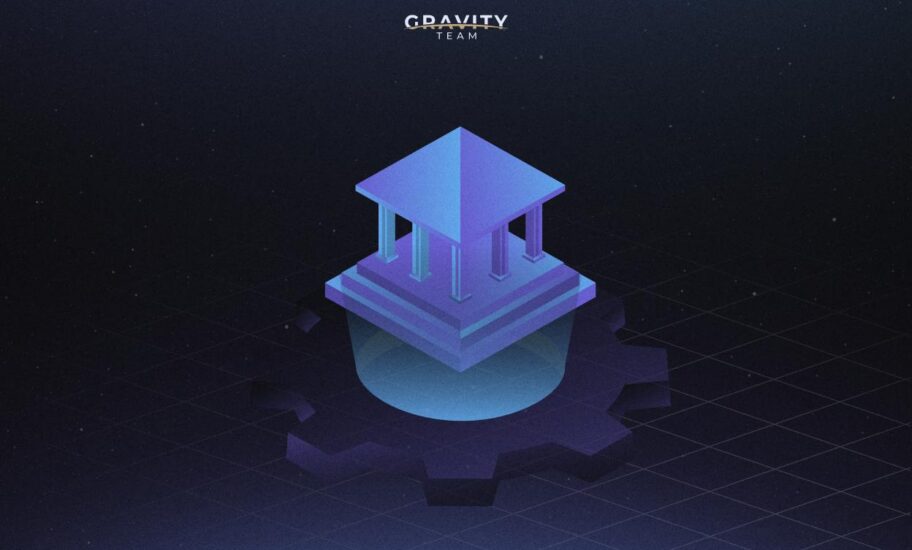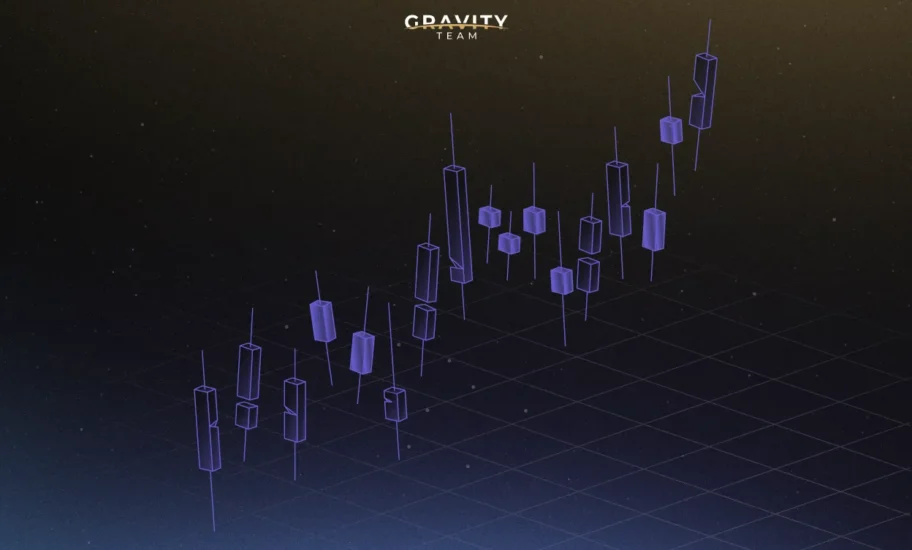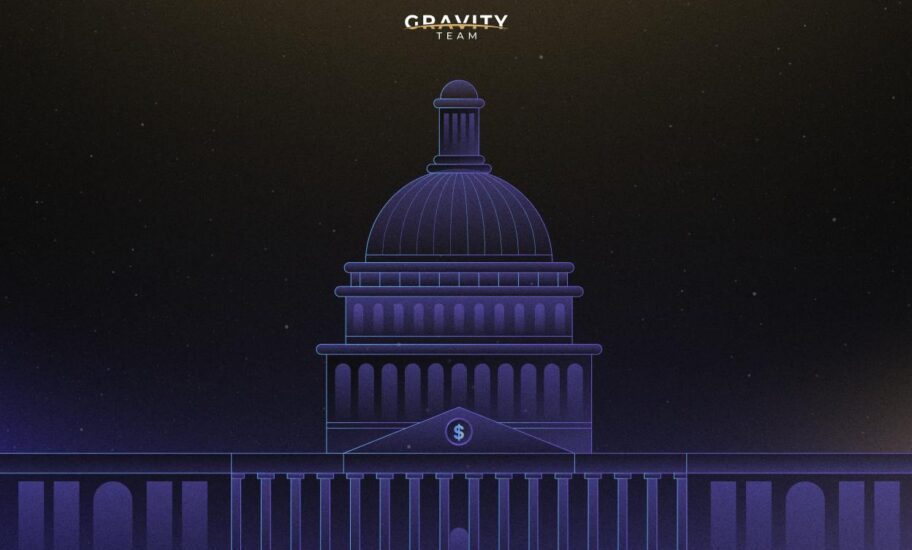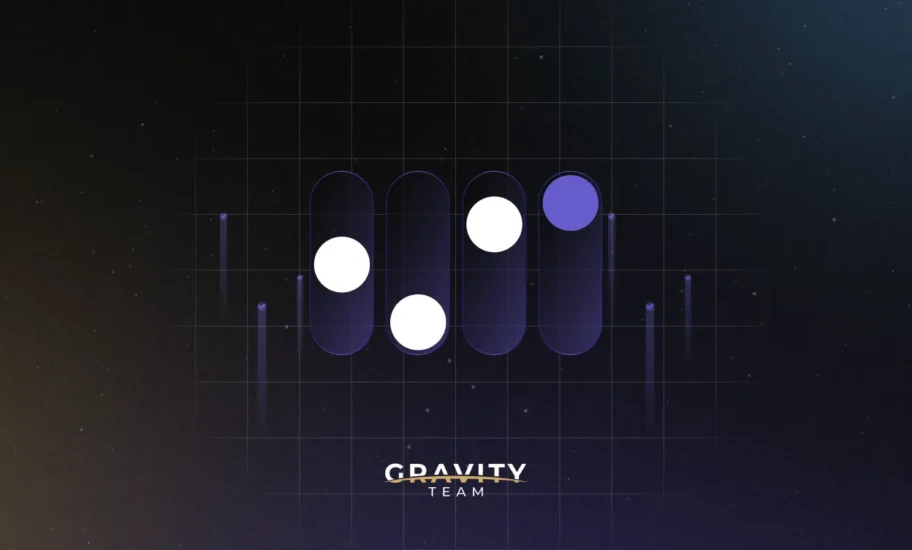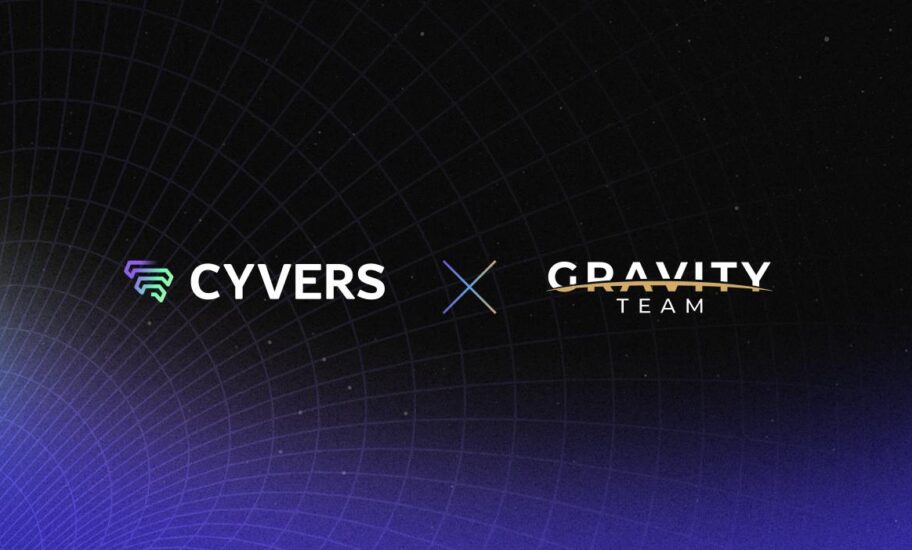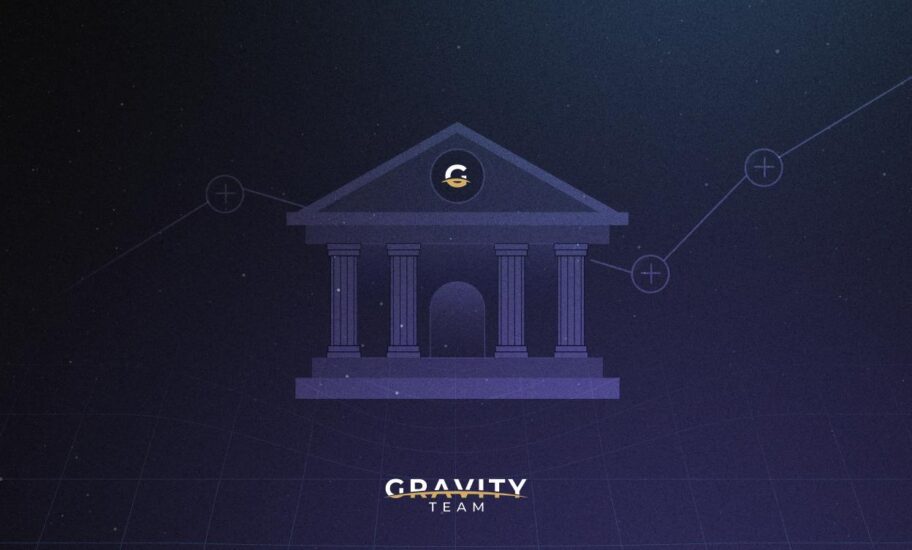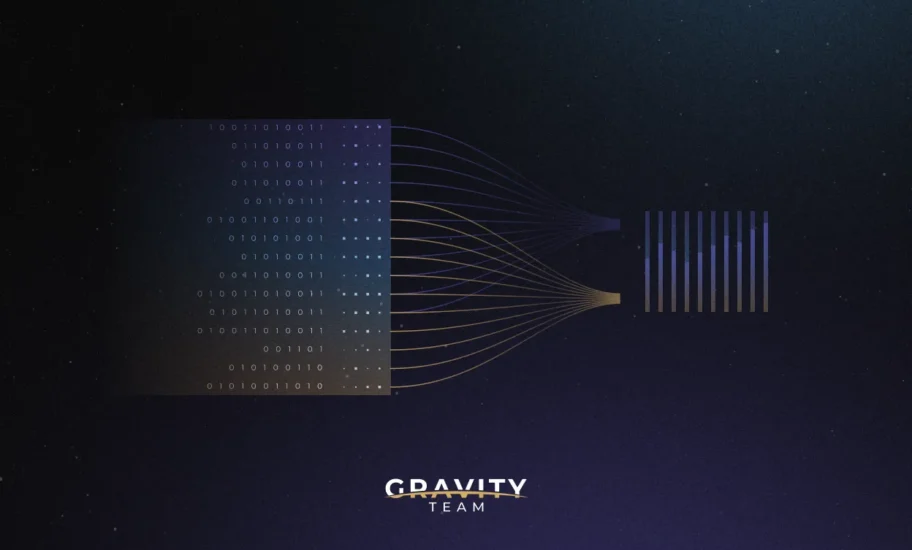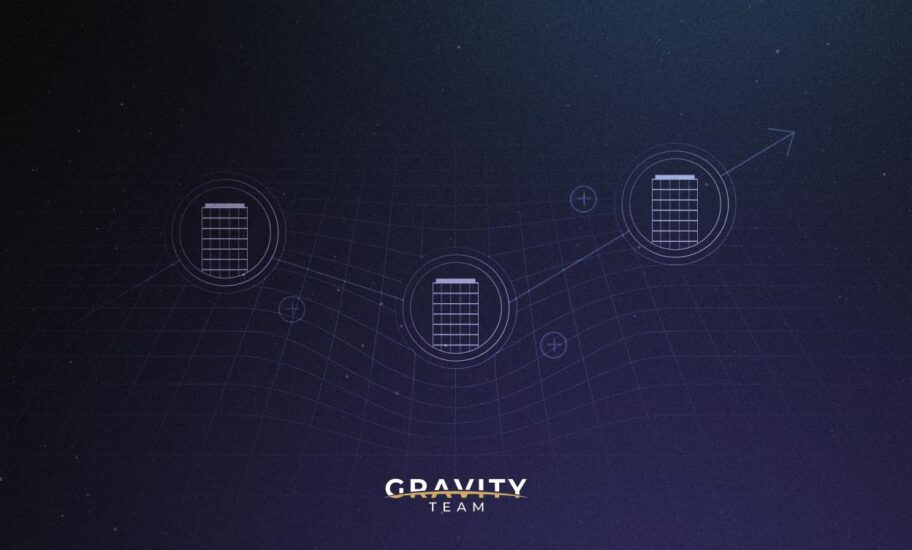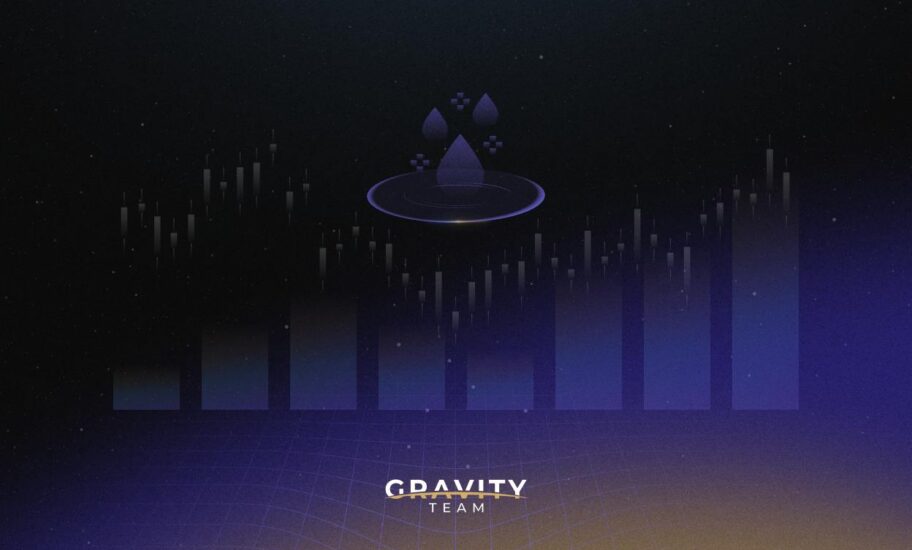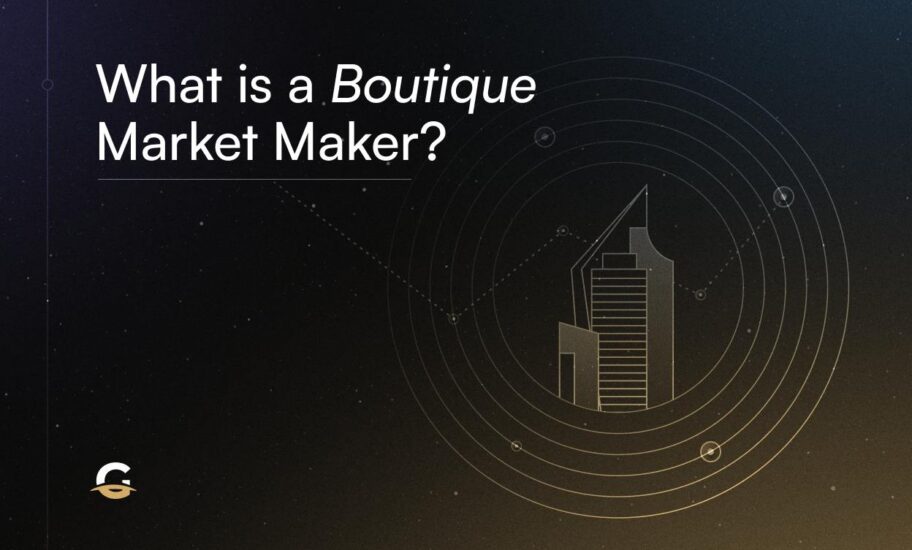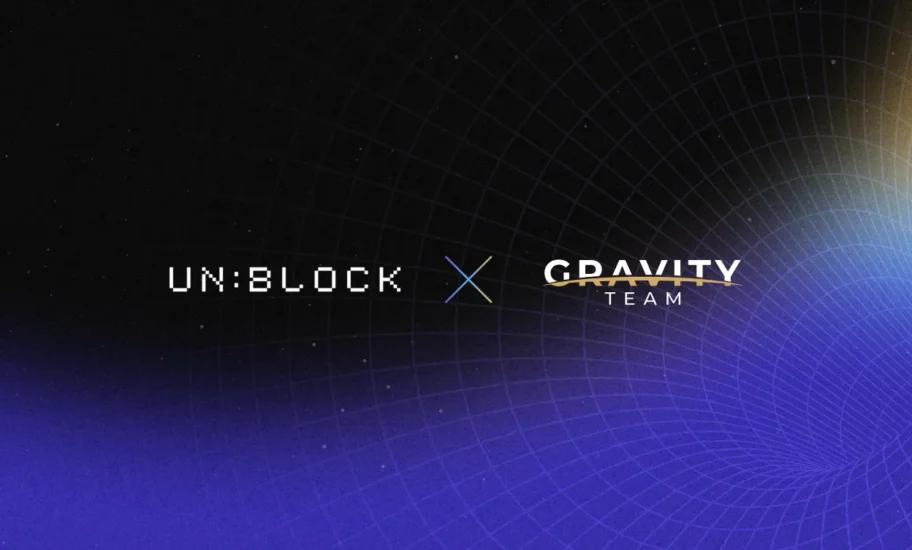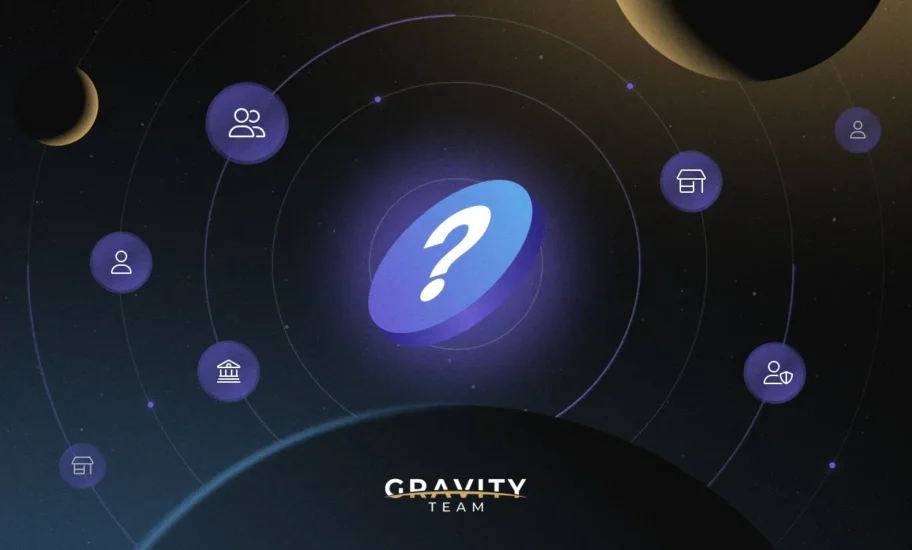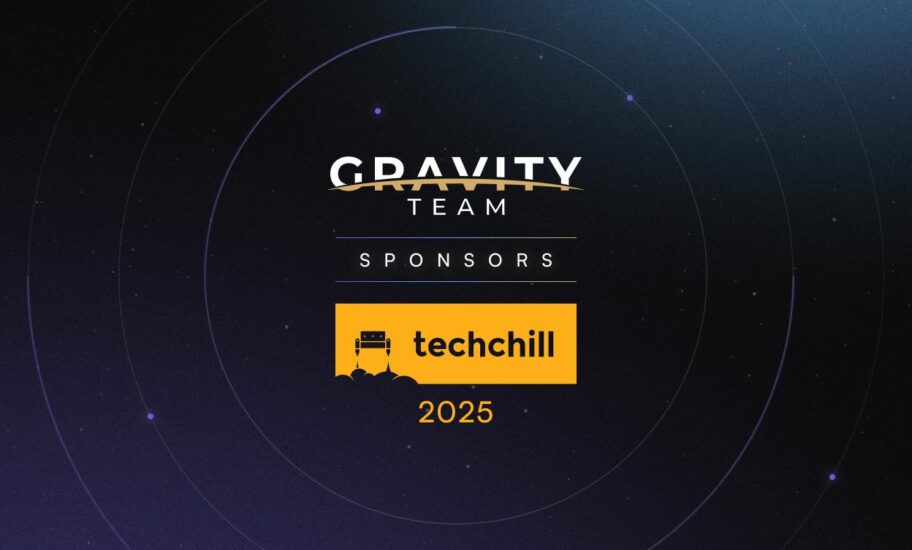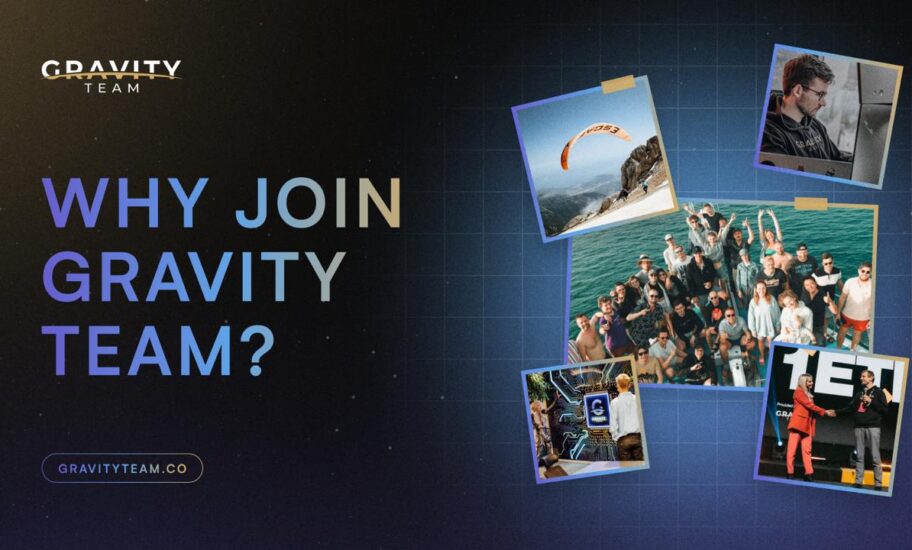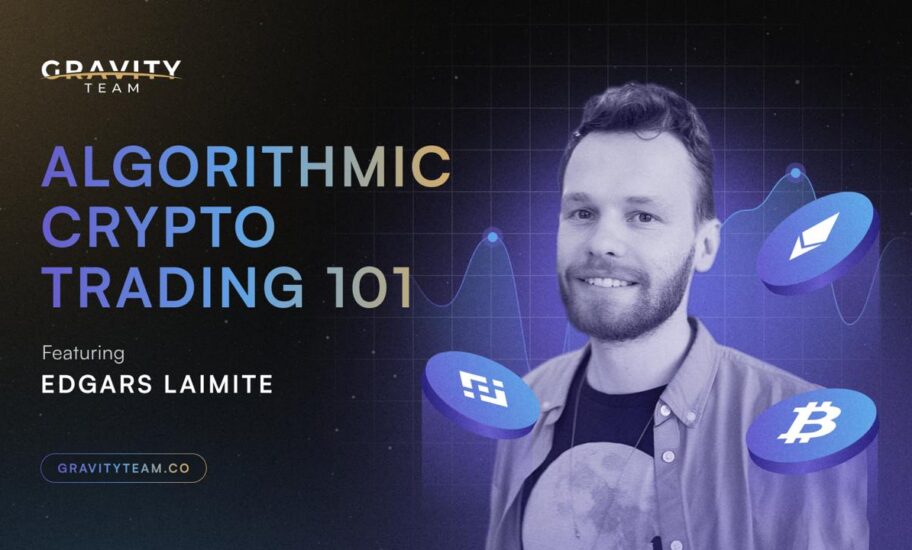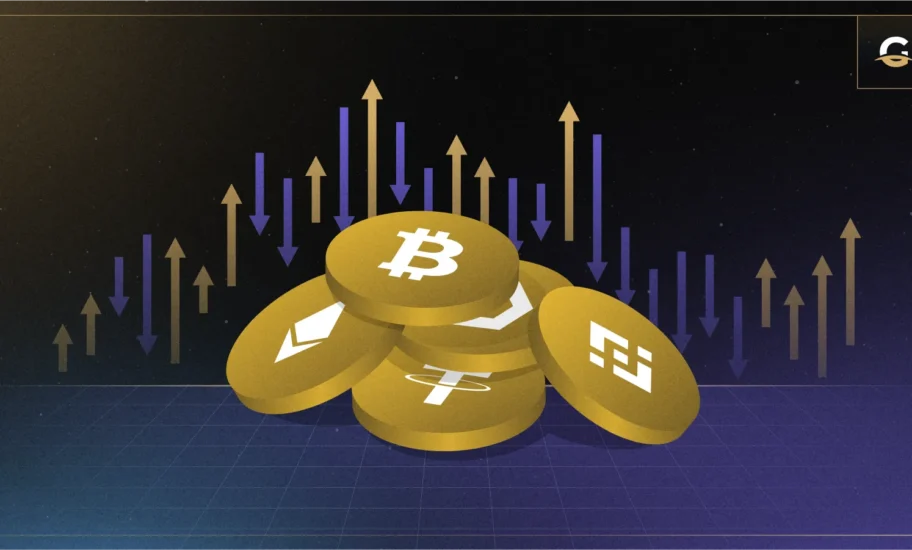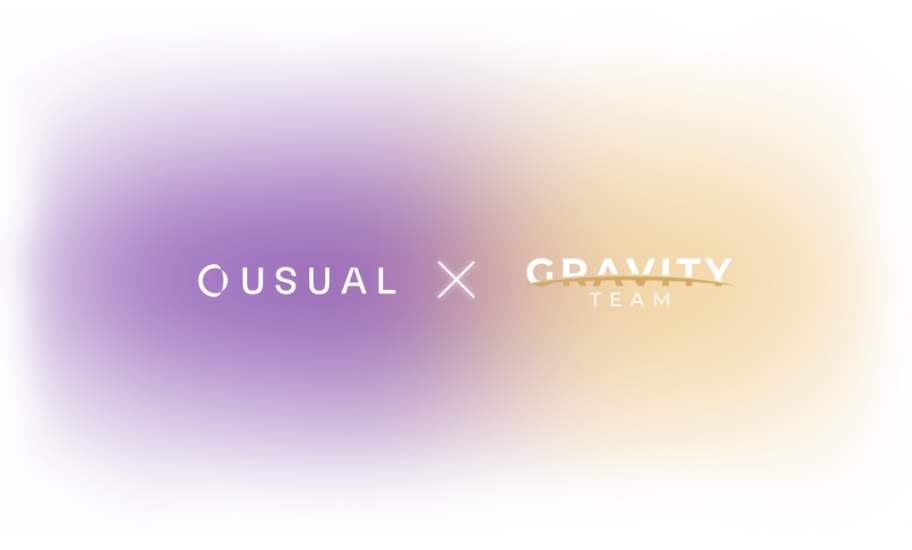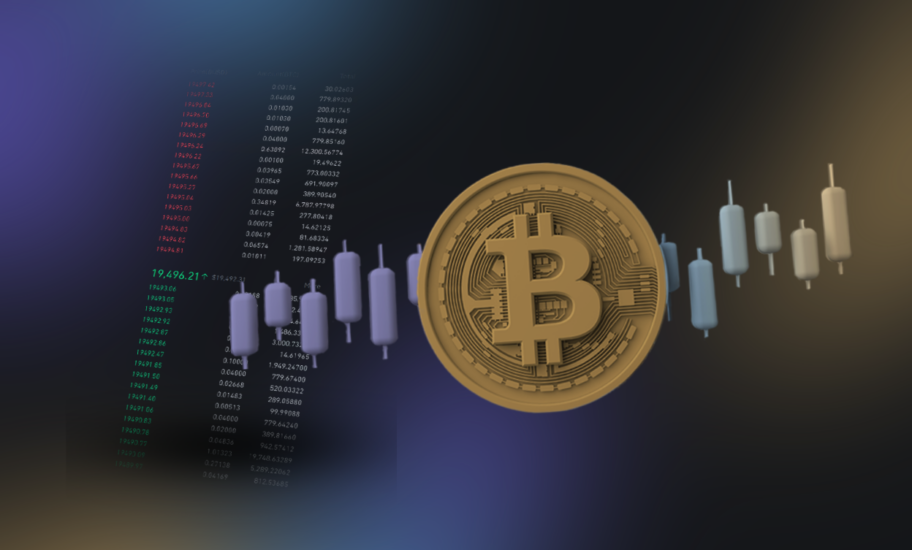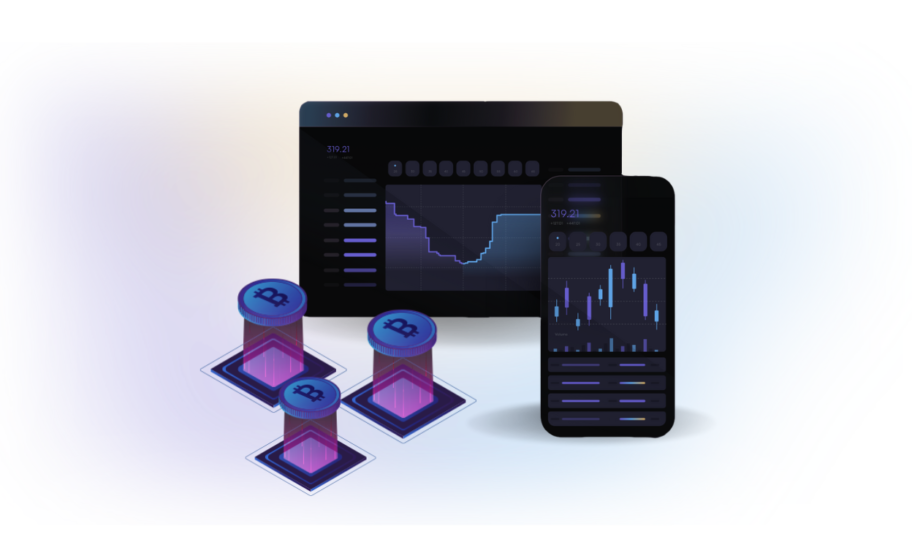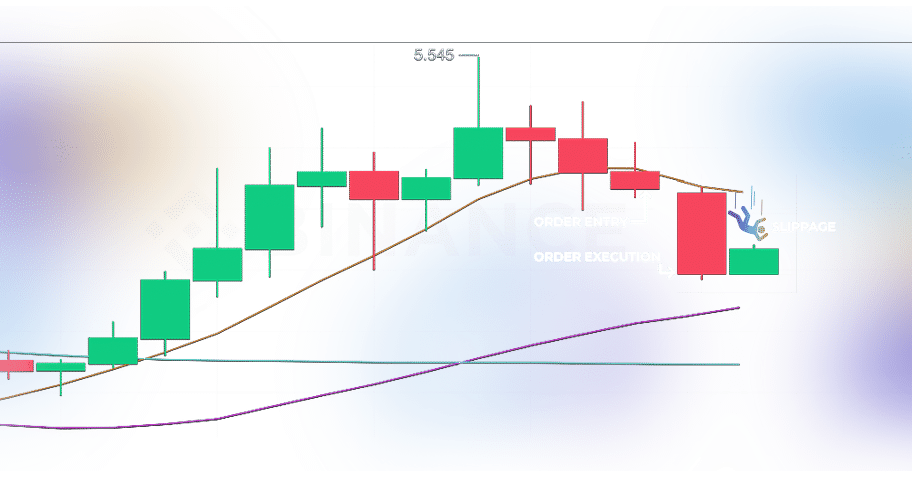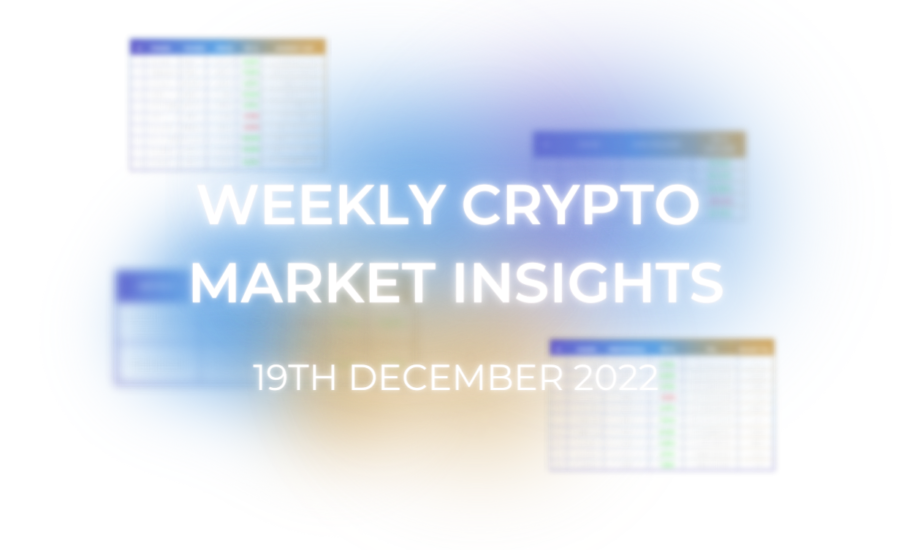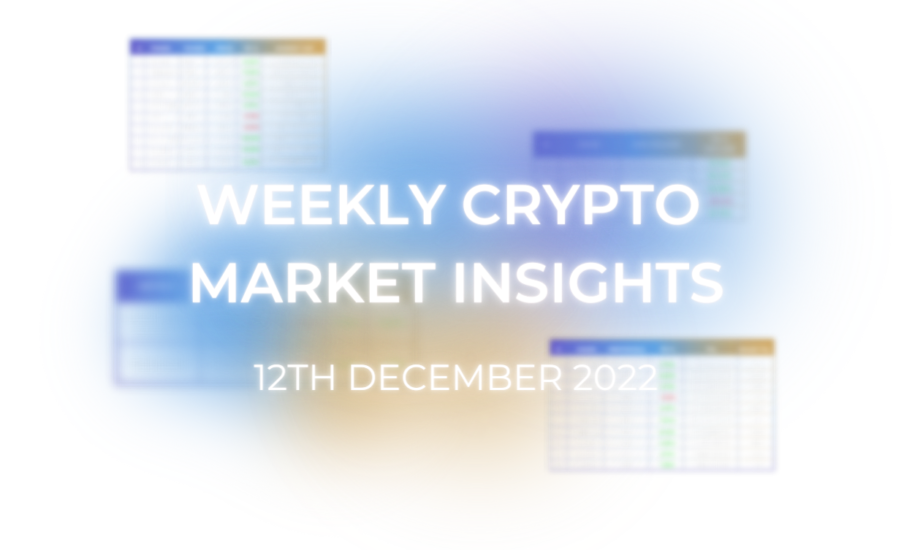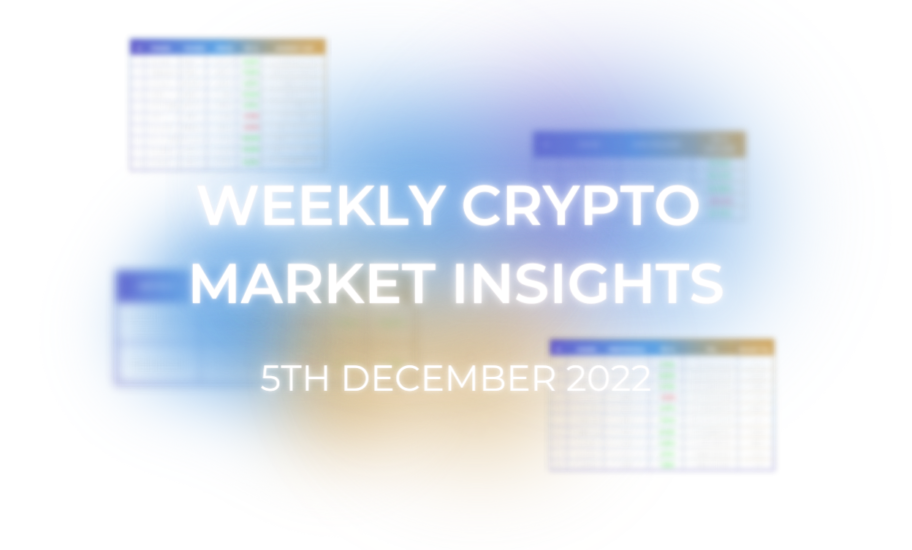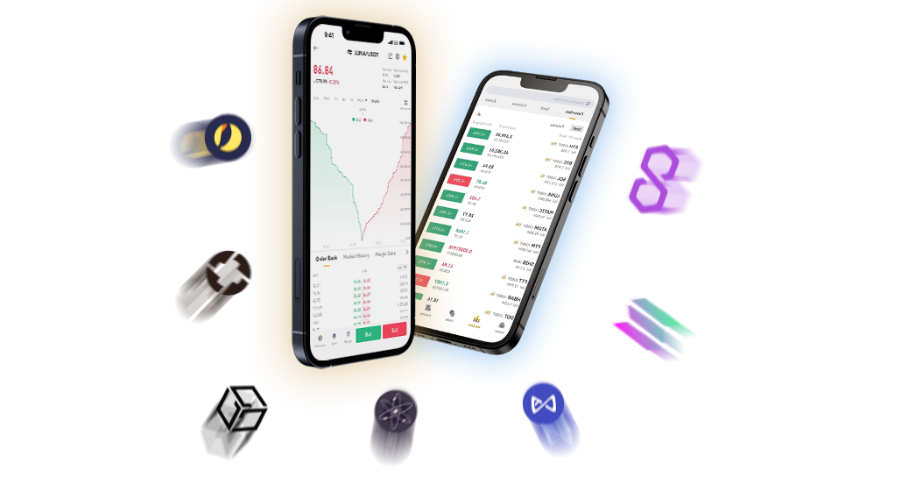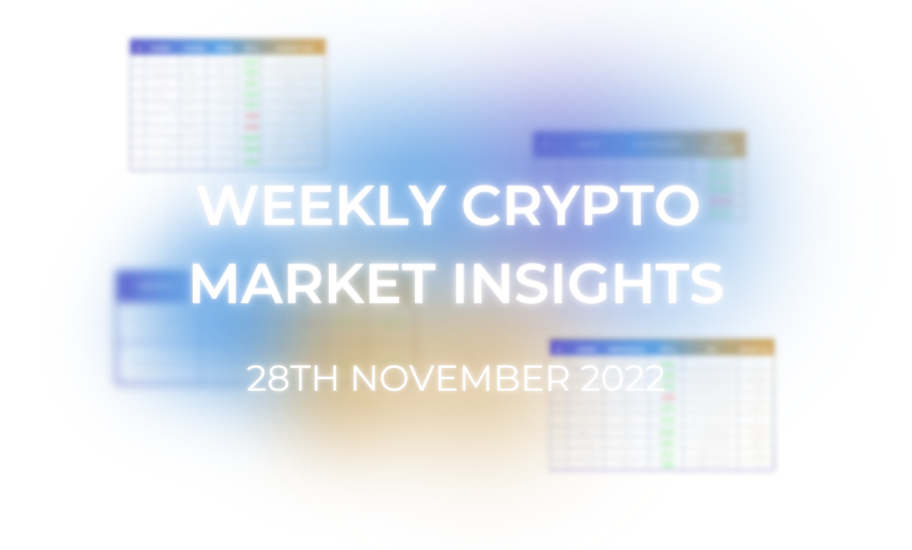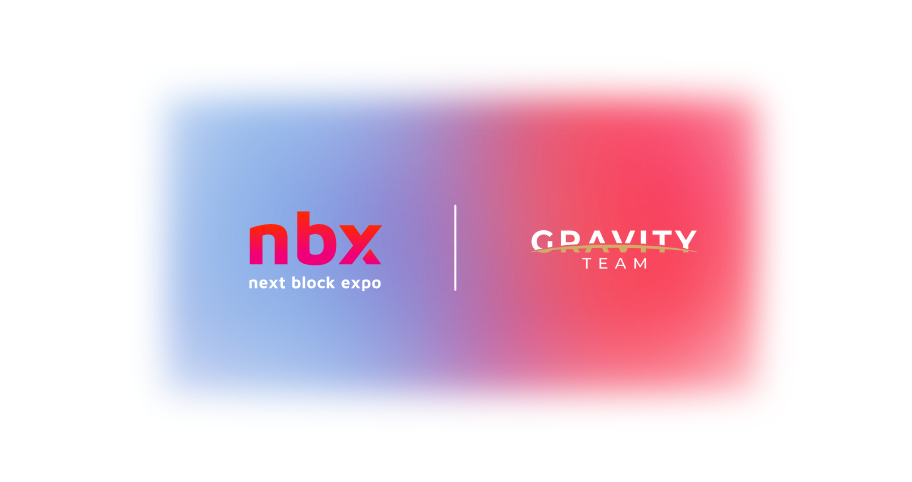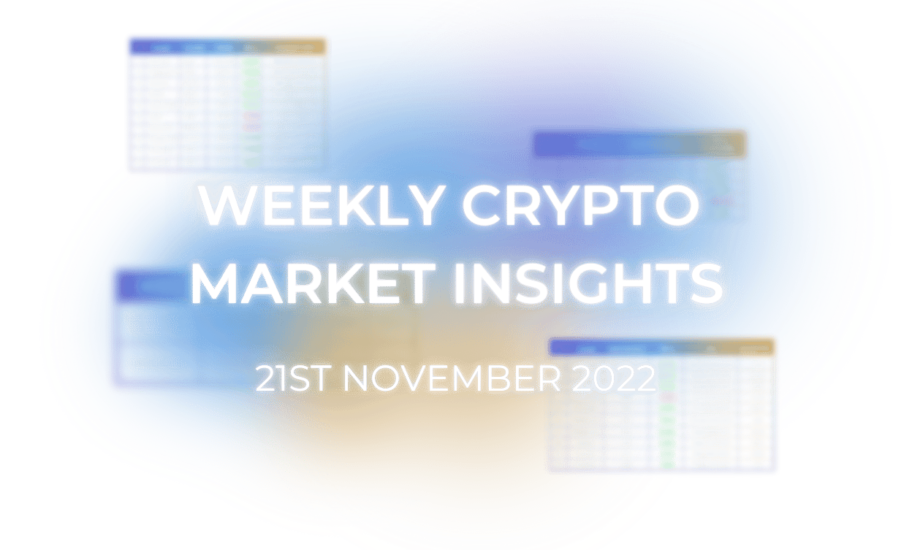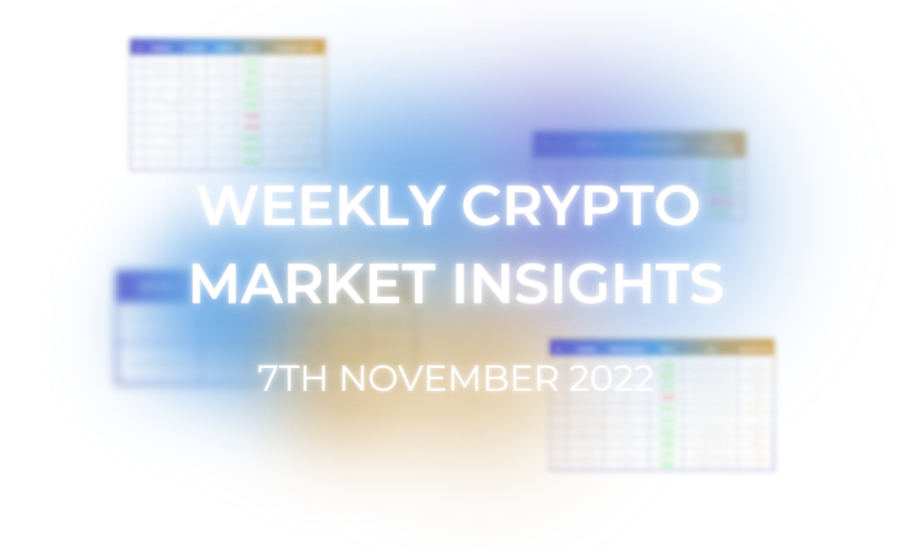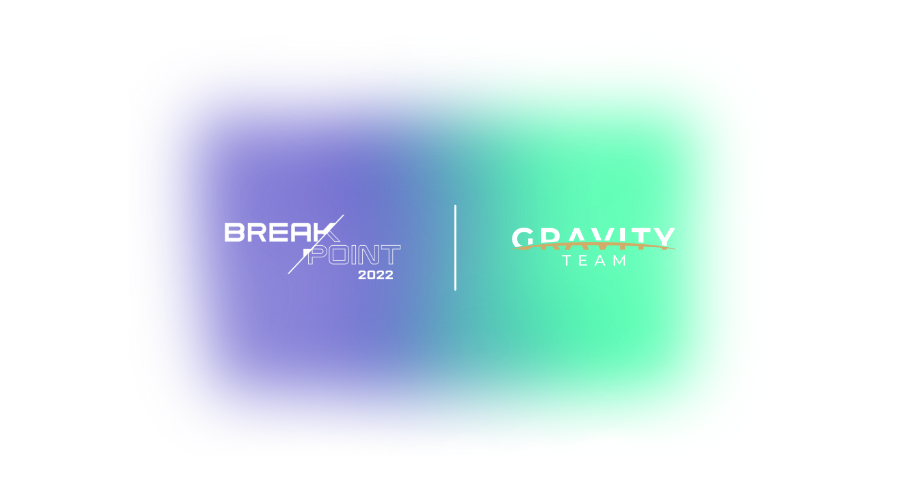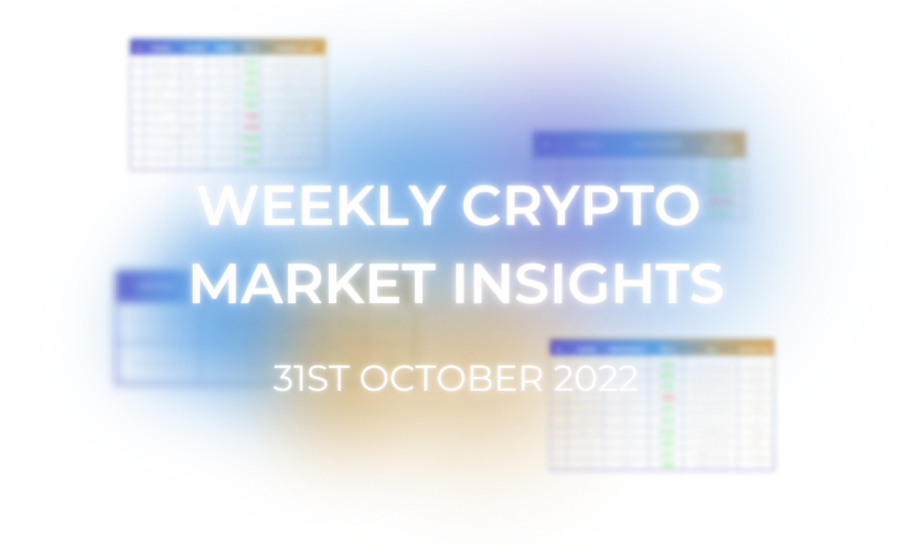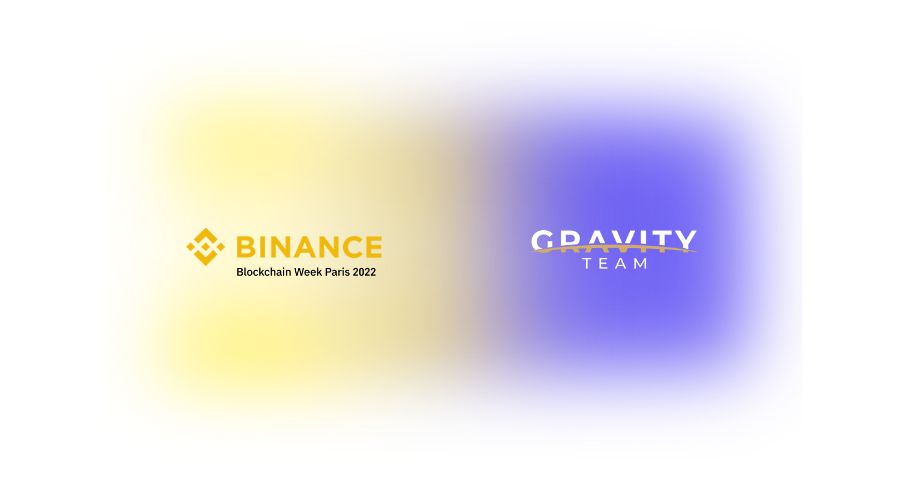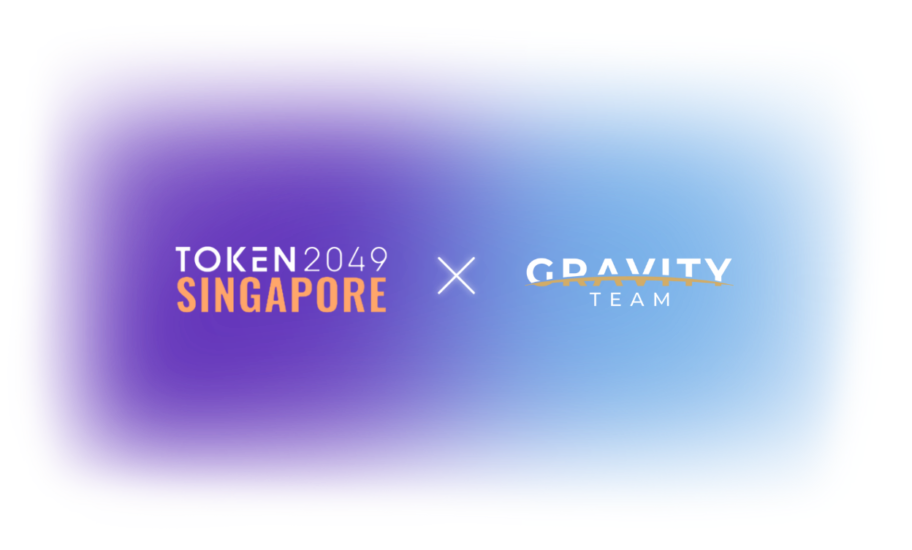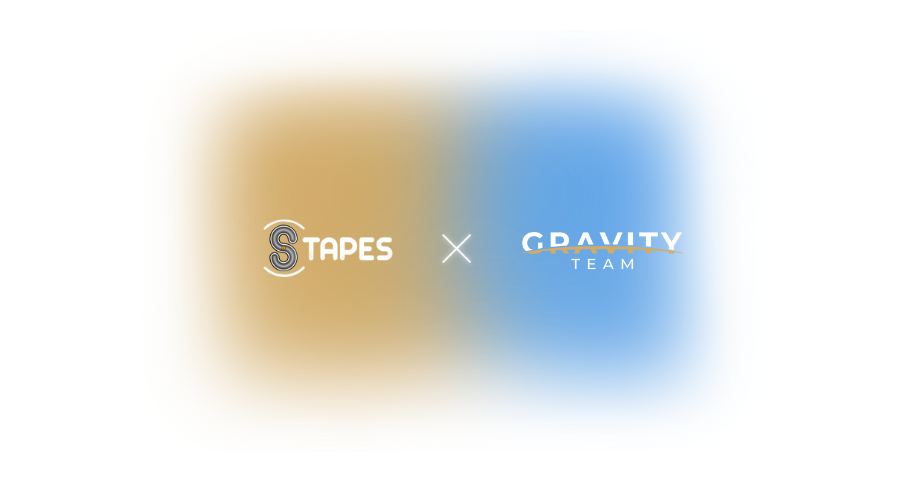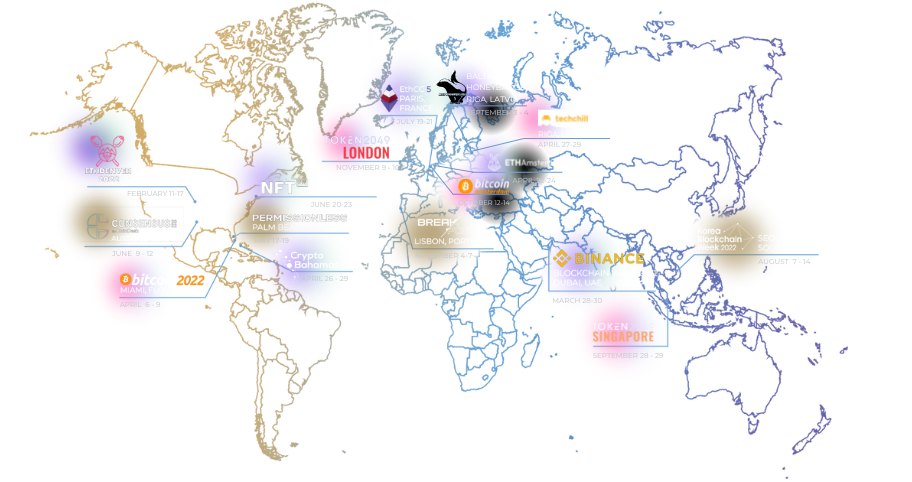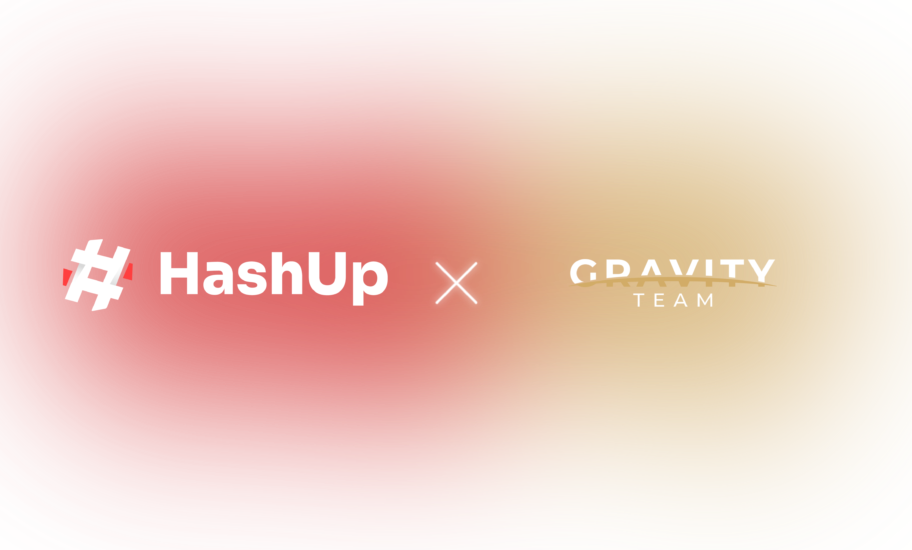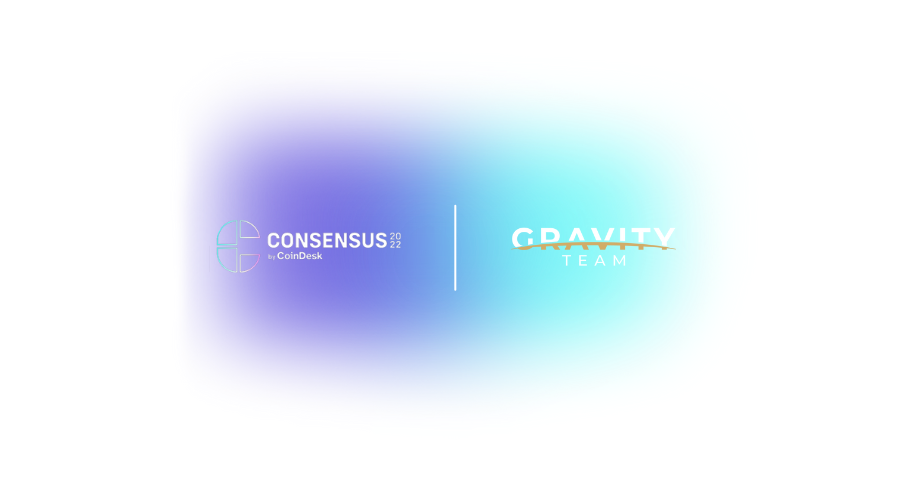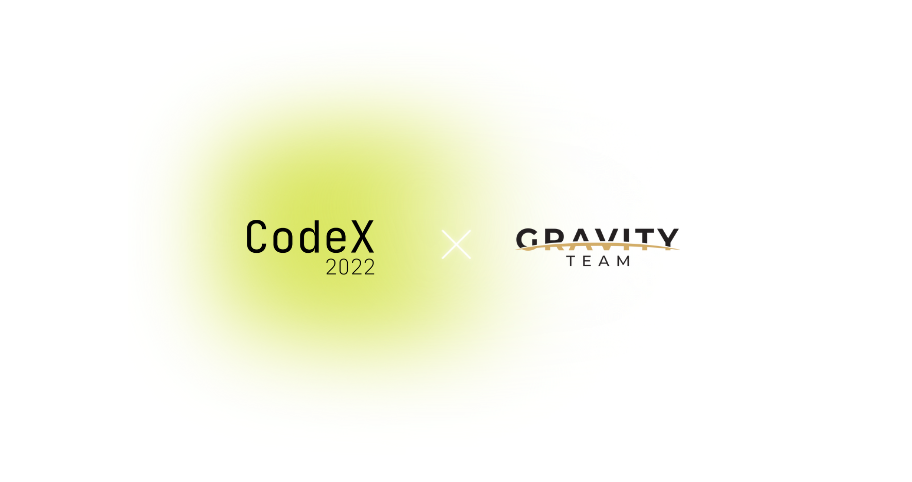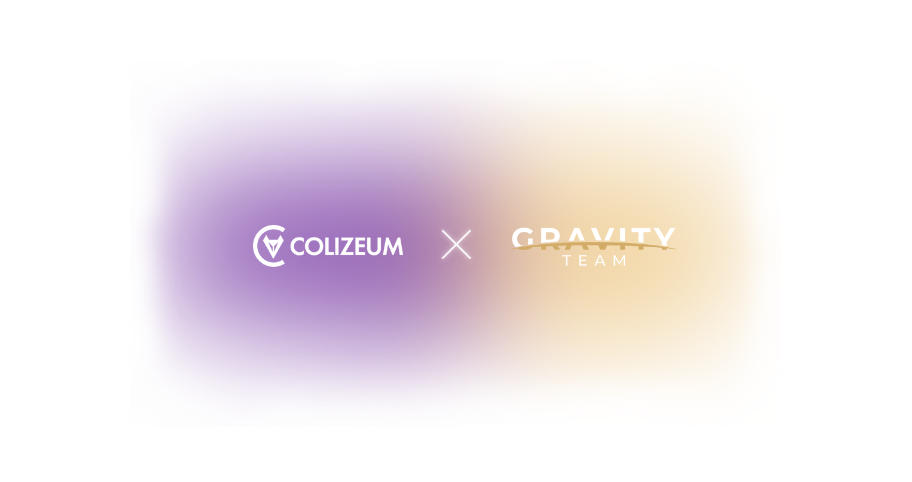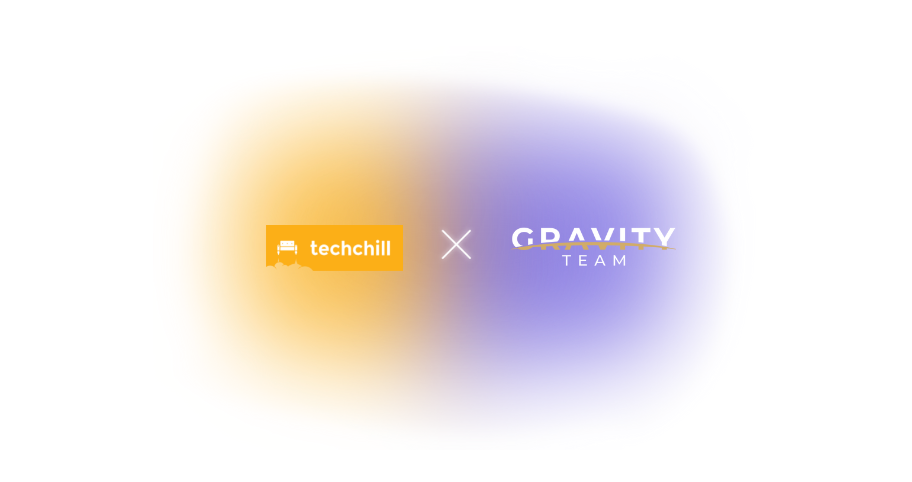
Top Stablecoins to Watch in 2024
 7 minutes
7 minutes
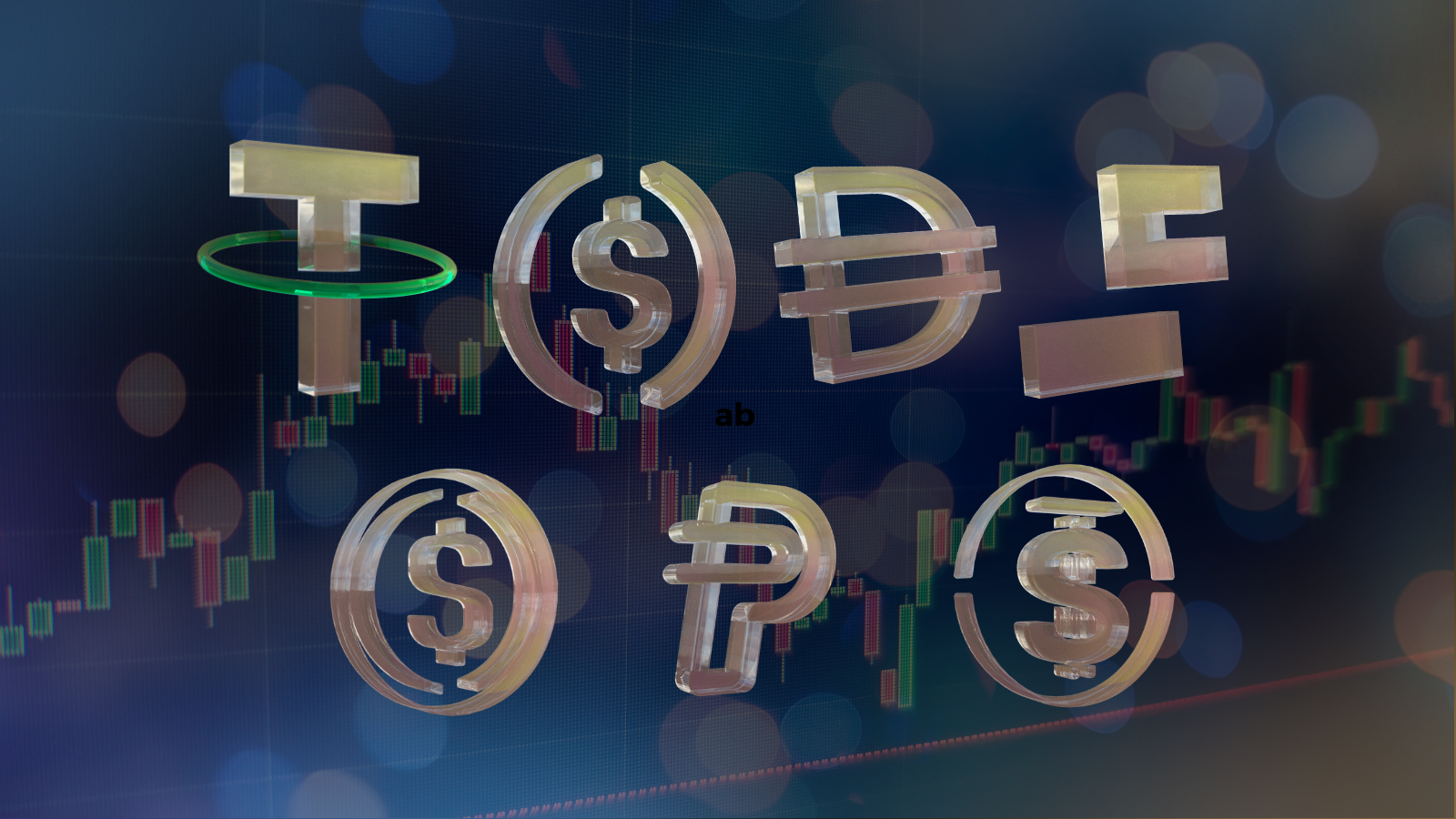
Disclaimer: This article is for informational purposes only and does not constitute financial advice. Always conduct your own research before buying or trading cryptocurrencies.
In the dynamic world of cryptocurrencies, stablecoins have carved out a systematic importance for the markets by offering stability in an otherwise volatile market. This article deep dives into the top stablecoins to watch in 2024, highlighting market leaders and emerging players that are reshaping the financial landscape.
Understanding Stablecoins
Stablecoins are cryptocurrencies designed to minimize price volatility by pegging their value to a reserve of assets, such as fiat currencies, commodities, or other financial instruments. They bridge the gap between traditional finance and the crypto world, enabling seamless transactions, remittances, and a reliable store of value.
Total stablecoin supply remains dominated by a few stablecoins, whilst the rest make up less than 5% of it.
For a deeper dive into what stablecoins are and how they function, check out our previous article on Stablecoins 101 Explained.
Top Stablecoins to Keep an Eye Out for This Year
Here is a breakdown of the top stablecoins by market cap as of September 2024.
Four stablecoins take the lead and ~95% of the market share, namely Tether (USDT) at $119 billion, USDC at $36 billion, Dai (DAI) now rebranded as USDS at $5.3 billion, and First Digital USD (FDUSD) at $2.8 billion. In the coming section we’ll go through some of the leading and emerging stablecoins.
1. Tether (USDT)
- Market Cap: $119,276,870,659
- Overview: Tether is the most widely used stablecoin, integral for liquidity across multiple cryptocurrency exchanges.
Key Features:
- Launch and Founders: Introduced in July 2014 as RealCoin by Brock Pierce, Reeve Collins, and Craig Sellars; rebranded to Tether (USDT) in November 2014.
- Company: Issued by Tether Limited Inc., a subsidiary of iFinex Inc., which also owns Bitfinex.
- Pegging and Reserves: USDT is pegged 1:1 to the U.S. dollar, intended to be backed by equivalent reserves of cash and cash equivalents.
- Blockchain Support: Available on multiple blockchains, including Bitcoin, Ethereum, Tron, Solana, EOS, and others.
- Controversies:
- Reserve Transparency: Faced scrutiny over claims of full reserve backing; in 2019, the New York Attorney General’s office found misrepresentations about its reserves.
- Regulatory Actions: Mandated increased transparency and fined for misleading statements.
- Reliability: Despite controversies, USDT remains dominant due to its widespread adoption and liquidity.
2. USD Coin (USDC)
- Market Cap: $36,077,339,016
- Overview: Issued by Circle and Coinbase through the Centre Consortium, USDC is known for transparency and regulatory compliance, widely used in retail and institutional transactions.
Key Features:
- Launch and Founders: Launched in September 2018 by Circle and Coinbase.
- Pegging and Reserves: Each USDC token is backed 1:1 by U.S. dollars or equivalent assets held in reserve; reserves are audited monthly by Grant Thornton LLP.
- Blockchain Platforms: Initially on Ethereum (ERC-20), now also on Algorand, Solana, Stellar, and Polygon.
- Reliability:
- Regulatory Compliance: Issued by regulated financial institutions complying with AML and KYC regulations.
- Transparency: Emphasizes transparency with regular audits and public attestations of reserves.
- Past Issues:
- March 2023 De-Pegging: Temporarily lost its dollar peg due to exposure to the collapsed Silicon Valley Bank but quickly regained stability.
3. Dai (DAI), now rebranding to USDS
- Market Cap: $5,364,677,831
- Overview: DAI is a decentralized stablecoin maintained by the MakerDAO (rebranding to Sky) protocol, backed by crypto collateral through smart contracts.
Key Features:
- Launch and Founders: Launched in December 2017 by MakerDAO, founded by Rune Christensen.
- Pegging Mechanism: Maintains its peg via an algorithmic system using collateralized debt positions (CDPs); users deposit cryptocurrencies like ETH, BAT, and USDC as collateral to mint DAI.
- Blockchain: Operates on the Ethereum blockchain.
- Decentralization: Governed by the MakerDAO community through the MKR token; community votes on protocol changes.
- Reliability:
- Transparency: High degree of transparency with all operations visible on the blockchain.
- Past Challenges: Faced stability challenges during extreme market volatility but has mechanisms to recover and maintain the peg.
4. First Digital USD (FDUSD)
- Market Cap: $2,935,833,197
- Overview: FDUSD is a fiat-backed stablecoin with reserves held in segregated accounts, offering programmable financial contracts and services.
Key Features:
- Launch: Introduced in June 2023 by FD121 Limited, a subsidiary of First Digital Limited, based in Hong Kong.
- Pegging and Reserves: Each FDUSD token is backed 1:1 by U.S. dollars or equivalent assets like cash and low-risk short-term U.S. Treasury bills; reserves are held in segregated accounts managed by First Digital Trust Limited.
- Blockchain Networks: Initially launched on Ethereum (ERC-20) and BNB Chain (BEP-20); plans to expand to other blockchains.
- Use Cases:
- Trading: Used on centralized and decentralized exchanges.
- DeFi Applications: Supports yield farming, lending, borrowing, and staking.
- Cross-Border Transactions: Facilitates fast and cost-effective remittances.
- Reliability:
- Security: Reserves are regularly audited by independent third parties.
- Regulatory Compliance: Emphasizes adherence to regulations and transparency.
5. PayPal USD (PYUSD)
- Market Cap: $702,924,202
- Overview: PayPal’s stablecoin aims to integrate digital payments with traditional financial systems, leveraging PayPal’s extensive user base.
Key Features:
- Launch: Launched on August 7, 2023, issued by Paxos Trust Company.
- Pegging and Reserves: Fully backed by U.S. dollar deposits, short-term U.S. Treasuries, and similar cash equivalents; reserves audited monthly.
- Blockchain Support:
- Ethereum: Initially launched as an ERC-20 token.
- Solana: Expanded to Solana in May 2024 for faster and cheaper transactions.
- Adoption:
- Availability: Accessible to PayPal customers in the U.S.; usable within PayPal, Venmo, and on exchanges like Coinbase and Kraken.
- Integration: Designed to enhance seamless transactions between fiat and cryptocurrencies within PayPal’s ecosystem.
- Reliability:
- Regulatory Compliance: Issued by Paxos, regulated by the New York State Department of Financial Services (NYDFS).
- Concerns:
- Centralization: Features allow account freezing and asset confiscation, raising concerns about centralization.
- Regulatory Scrutiny: Faced a subpoena from the SEC in November 2023 regarding stablecoin operations & has been collaborating since.
Emerging Stablecoins to Keep an Eye On
Beyond the established players, several emerging stablecoins are worth watching due to their innovative approaches and backing by influential organizations.
1. Usual Stablecoin (USD0)
- Market Cap: $20,358,391
- Overview: USD0 is a DeFi-native stablecoin issued by Usual Labs, focusing on decentralization and backed by Real World Assets (RWA).
- Key Features:
- Launch and Founders: Founded in 2022 by Pierre Person, Adli Takkal Bataille, and Hugo Sallé de Chou.
- Pegging and Reserves: Backed by real-world assets, integrating traditional finance with DeFi liquidity.
- Decentralization: Emphasizes community ownership, allowing users to own the infrastructure and participate in governance.
- Market Position:
- Funding: Raised $7 million in strategic funding; secured $75 million in Total Value Locked (TVL) during its private launch phase.
- Competition: Aims to compete with major stablecoins like USDT and USDC by offering enhanced integration of RWA with DeFi.
- Reliability: Focuses on transparency and equitable financial ecosystems, though as an emerging stablecoin, it has yet to establish a long-term track record.
2. Ripple USD Stablecoin (RLUSD)
- Market Cap: N/A (In Private Beta Testing)
- Overview: RLUSD is Ripple’s upcoming stablecoin, aiming to enhance the utility of the XRP token and facilitate enterprise-grade blockchain payment solutions.
Key Features:
- Launch: Currently in private beta testing; not yet available for public trading.
- Pegging and Reserves: Pegged 1:1 to the U.S. dollar, backed by USD deposits, short-term U.S. government treasuries, and other cash equivalents.
- Blockchain Support: Being tested on the XRP Ledger (XRPL) and Ethereum mainnet; plans to expand across multiple blockchains and DeFi protocols.
- Strategic Goals:
- Enhancing XRP Utility: Aims to complement XRP by providing additional liquidity and stabilizing both assets.
- Payment Solutions: Designed for cross-border payments and to support liquidity on Ripple’s Decentralized Exchange (DEX).
- Regulatory Status:
- Approval: Awaiting regulatory approval; Ripple has faced legal challenges with the U.S. SEC regarding XRP.
- Transparency: Commits to monthly audits by third-party firms to ensure transparency of reserves.
- Reliability: Backed by Ripple’s established presence in the crypto industry, though regulatory hurdles may impact its launch and adoption.
3. Mountain Protocol (USDM)
- Market Cap: $152,099,336 (self reported, CoinMarketCap couldn’t verify this info)
- Overview: USDM is a fiat-backed, yield-bearing stablecoin offering approximately 5% APY through an auto-rebasing mechanism.
Key Features:
- Launch: Initially launched in March 2024 for institutional users on the Cardano blockchain; retail rollout planned for April 2024.
- Pegging and Reserves: Backed 1:1 by U.S. dollars invested in short-term U.S. Treasuries.
- Yield-Bearing: Users earn approximately 5% APY simply by holding USDM in their wallets, without the need for staking or lending.
- Blockchain Support: Available on Ethereum, Polygon, Arbitrum, Optimism, and Base; plans to expand to Solana.
- Regulatory Compliance:
- Regulation: Regulated by the Bermuda Monetary Authority; has licensing approvals from 17 U.S. states.
- Non-Freezable: USDM cannot be frozen on-chain, differentiating it from other stablecoins, though this could present regulatory challenges.
- Reliability: Backed by U.S. Treasuries and regulatory oversight enhances credibility, but as a new entrant, it needs to establish market trust.
Risks and Considerations
While stablecoins offer numerous benefits, it’s essential to be aware of potential risks:
- Regulatory Challenges: The regulatory landscape for stablecoins is evolving. Increased scrutiny could impact their operations.
- Reserve Transparency: Not all stablecoins offer the same level of transparency regarding their reserves. Lack of clarity can pose risks.
- De-Pegging: Extreme market conditions or operational failures can lead to a stablecoin losing its peg to the underlying asset.
Conclusion
As we move through 2024, stablecoins will continue to play a pivotal role in bridging traditional finance and the cryptocurrency world. Whether you’re an investor, trader, or business, keeping an eye on these top stablecoins can help you navigate the evolving financial landscape effectively. Remember to conduct thorough research and consider the associated risks before engaging with any stablecoin.
About Gravity Team
Gravity Team is a crypto market maker and liquidity provider founded in 2017. Our key focus is on providing fair crypto-asset pricing globally. With a dedicated team of ~50 professionals, we actively trade over 1,400 crypto-asset pairs across 30+ exchanges worldwide.
Disclaimer: This article is for informational purposes only and does not constitute financial advice. Always conduct your own research before buying or trading cryptocurrencies.
Contact Us
We are always open to discussing new ideas. Do reach out if you are an exchange or a project looking for liquidity; an algorithmic trader or a software developer looking to improve the markets with us or just have a great idea you can’t wait to share with us!


